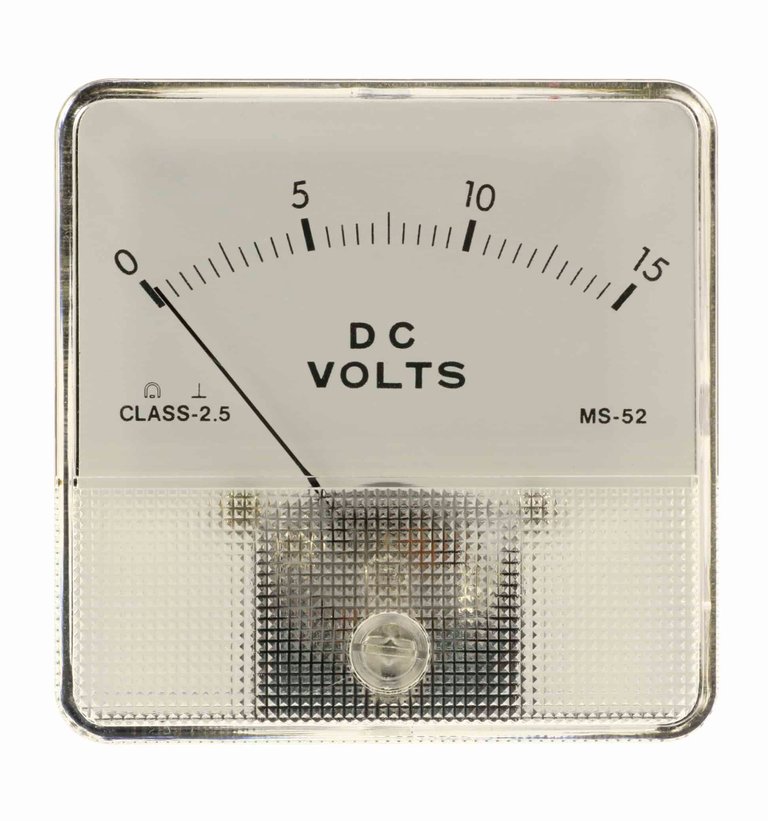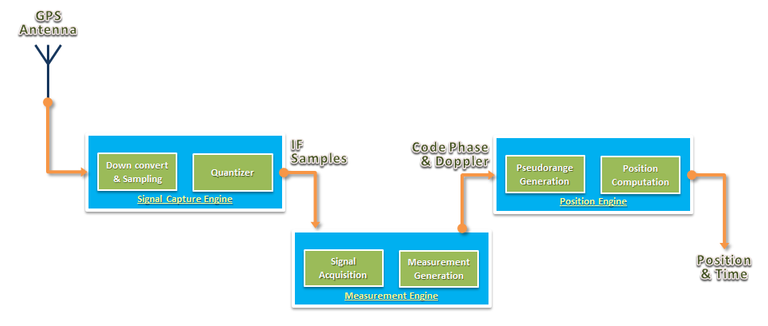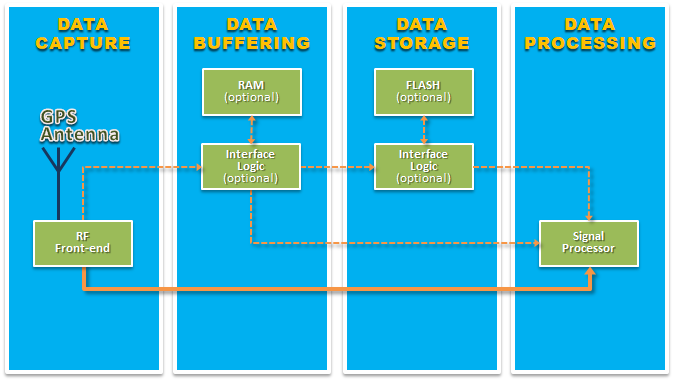What is Snapshot Positioning?
If you don’t already know why it takes so long for #GPS to get a position or the difference between #Ephemeris & #ExtendedEphemeris, you should read this blog here.

Most people who have experience in designing with GPS know that conventional GPS receivers can take up to a minute before it can output its first position and this is one of the reasons why it consumes so much power. In the next few blogs, I will discuss a different kind of receiver using “Snapshot Positioning” techniques to compute a position that only requires the receiver to be turned ON for a few milliseconds. While older Snapshot Positioning techniques required upwards of hundreds of milliseconds to compute a position, new state of the art #SnapshotReceiver requires only a few to tens of milliseconds to compute a position.
What is the advantage of snapshot receiver?
The most apparent advantage of snapshot receiver is the very short time the receiver takes to output its first position, this is sometime known as the Time-To-First-Fix #TTFF. Another less apparent advantage of a snapshot receiver is its ability to compute a position even when operate in poor conditions where satellite signals could be blocked intermittently, this happen when the receiver is moving through high-rise buildings in downtown areas. The reason for this is because snapshot receiver bypasses the downloading of ephemeris broadcast from the GPS satellites that determines where they are in space. It should be obvious by now that because the TTFF is greatly reduced, snapshot receiver consumes significantly less energy because the electronic components only needs to be turned ON for milliseconds comparing to tens of seconds that is required by conventional receivers.
What are the differences between the older and state of the art generations of snapshot receiver?
Older generations of snapshot receiver have some limiting requirements that made them undesirable for real life use cases. For example:
- Ephemeris was only valid from a few hours to a few days – this mean the receiver would need to frequently download the latest Ephemeris from a remote server which is not always convenient or even possible for some #Wearables and Internet of Things #IoT applications.
- An approximate initial position accurate to a few kilometers was required to compute a position – this means the receiver would need to know a rough starting position which would require external inputs such as WiFi or Cellular based positioning that increases the overall complexity, energy consumption and cost of material.
- An approximate initial time accurate to a millisecond or better was required to compute a position – this means the receiver would need to be supplied with an external clock source that is expensive to implement.
In contrast, new generation of snapshot receiver combines several innovative and patented techniques to eliminate the older requirements and operational constraints. For example, using extended ephemeris technology, snapshot receiver can now operate autonomously for up to 28 days. Furthermore, by augmenting patented and proprietary techniques, initial position and initial time are no longer a requirement.
What are the differences between the conventional receivers and snapshot receiver?
Conceptually, a GPS receiver can be divided into 3 logical blocks:
- Signal Capture Engine: Converts the satellite signals from analog to digital format (“IF data”).
- Measurement Generation Engine: Using the IF data to acquires satellites that are detectable and output their Code Phase and Doppler information.
- Position Estimation Engine: Using the Code Phase and Doppler information to compute a position.

While most conventional receivers can be purchased conveniently as silicon chips, its system architecture lacks the flexibility for the user to mix-and-match these 3 logic blocks to suit their use cases. State of art snapshot receiver deliberately provide a system architectural to encourage users to freely mix-and-match the 3 logic blocks to provide users with maximum flexibility to optimize energy consumption that suits their unique application.
What are the typical use cases for snapshot receiver?
Snapshot receiver is ideally suited for wearables and IoT applications where position fixes are needed but energy consumption must be kept to a minimum.
In addition to being able to compute a position on device like a conventional receiver, snapshot receiver can also be configured to only capture/store the satellite signal and delay computing the position until the captured signal is offloaded to a remote server for signal processing sometime in the future.
Depending on the operating environment, new generation snapshot receiver requires as little as 2ms or 4 KB (kilobytes) per signal capture, so for a 1 GB (gigabyte) SDCard memory, it can store enough signal data for over 250,000 position fixes. It is with this capability, designing an #UltraLowPowerGPS receiver should now be easy to achieved.
In addition to being able to compute a position on device like a conventional receiver, snapshot receiver can also be configured to only capture/store the satellite signal and delay computing the position until the captured signal is offloaded to a remote server for signal processing sometime in the future.
Depending on the operating environment, new generation snapshot receiver requires as little as 2ms or 4 KB (kilobytes) per signal capture, so for a 1 GB (gigabyte) SDCard memory, it can store enough signal data for over 250,000 position fixes. It is with this capability, designing an #UltraLowPowerGPS receiver should now be easy to achieved.
What is a snapshot receiver made of?
The diagram below shows a high-level overview of a typical snapshot receiver. A typical snapshot receiver consists of four discrete modules. A hardware designer may choose to implement some of these modules on a single device and some in separate devices or even eliminate some modules altogether, the possibility is limited only by the designer’s imagination.

In this blog, we have discussed the basics of snapshot receiver. I hope you have agreed that, when compared with conventional receiver, the flexibility in designing with snapshot receiver is unparalleled and snapshot receiver is ideal for implementing ultra low power GPS products. I will discuss in more detail about each modules in detail in the next few blogs. I hope to see you then!